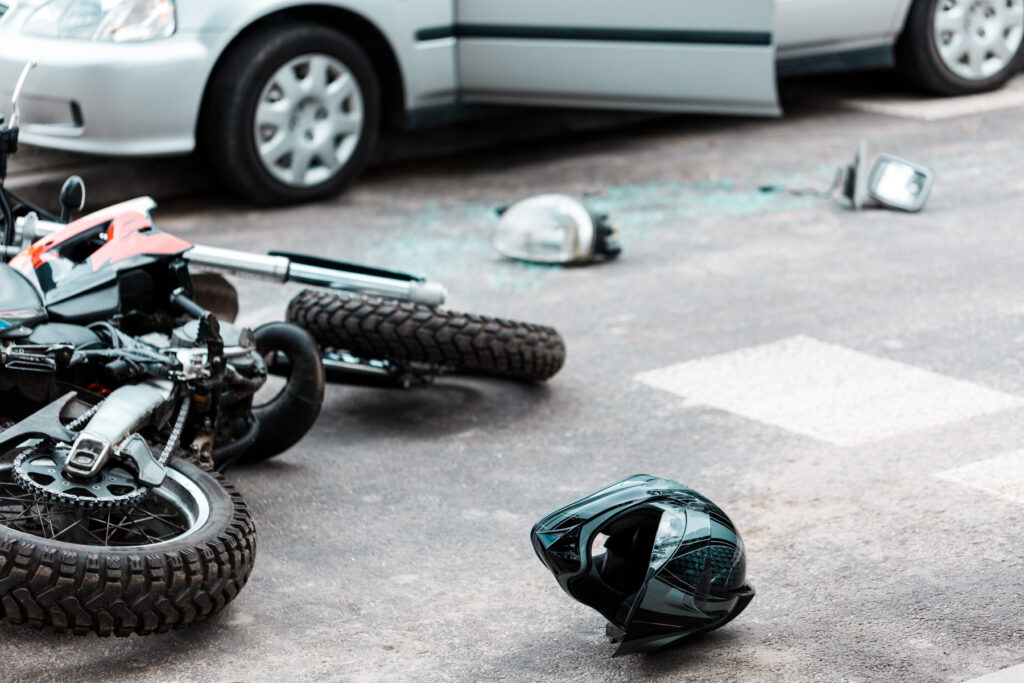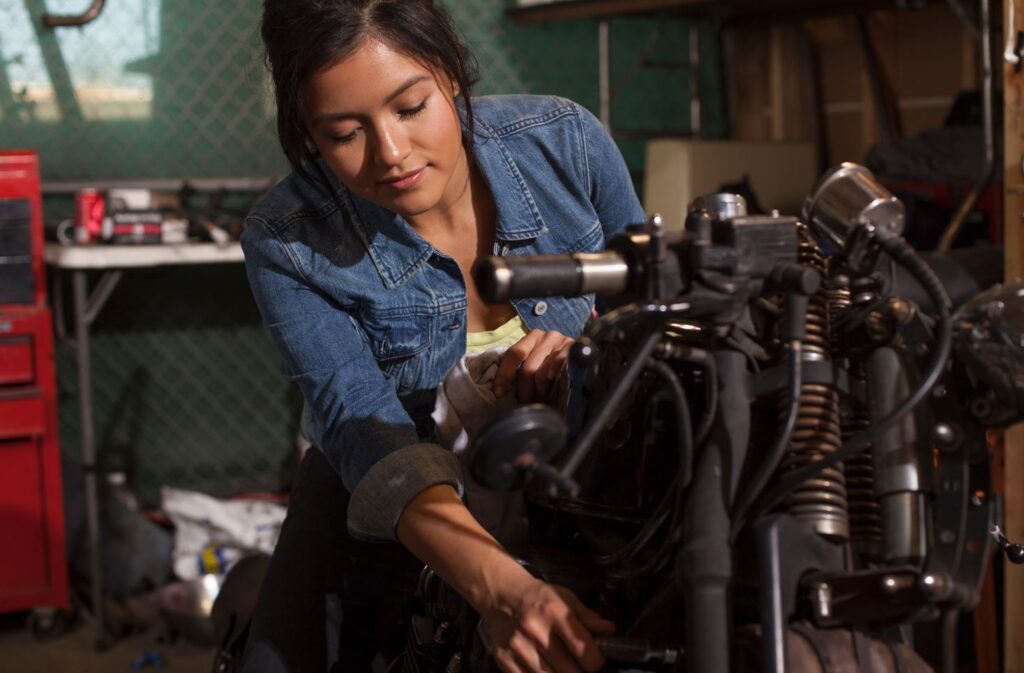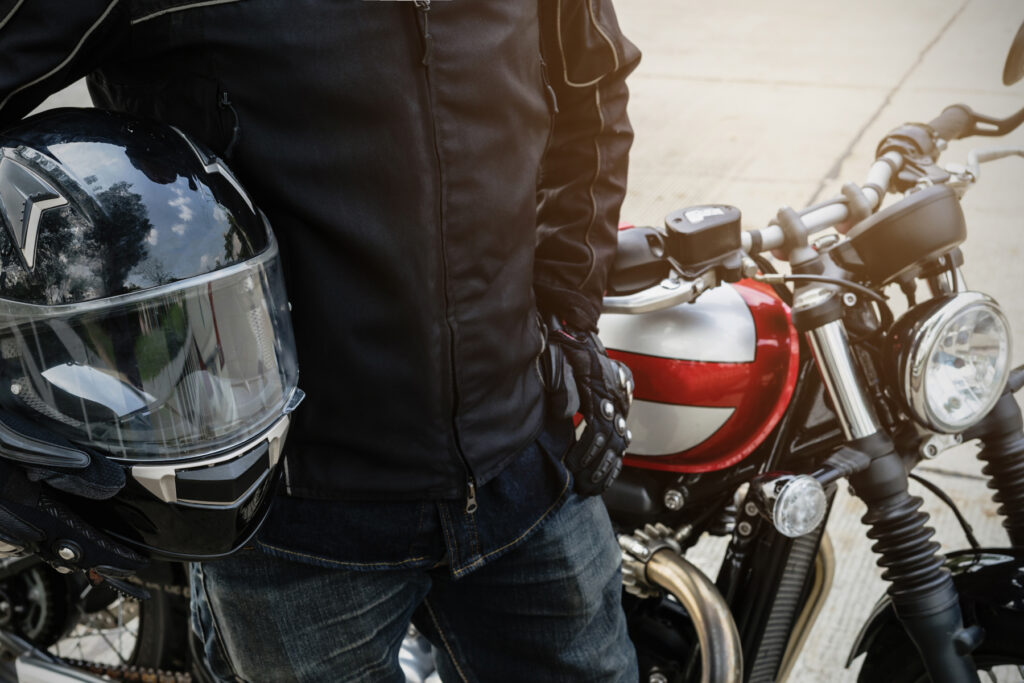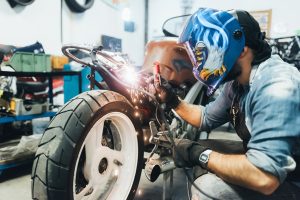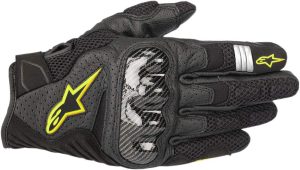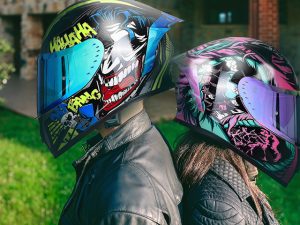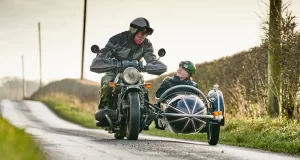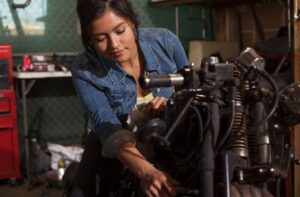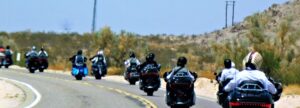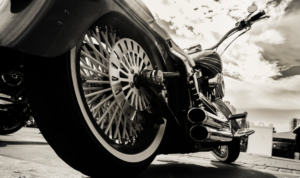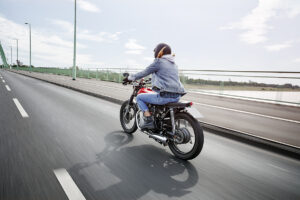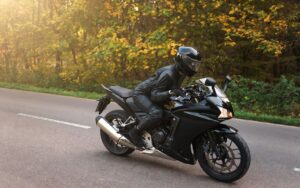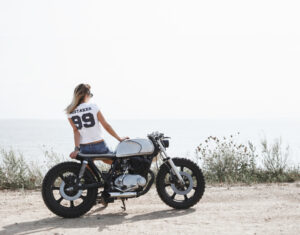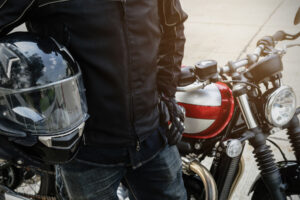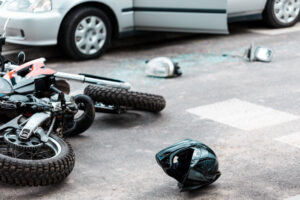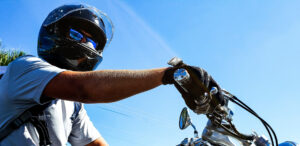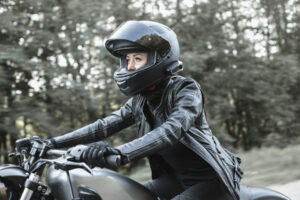There are several things you need to consider when purchasing a motorcycle helmet. First, you need to consider the size of the helmet. The helmet must fit snugly on your head without being too tight. Second, you need to think about the type of riding.
3 of the most important factors when picking a motorcycle helmet
-
Size of the helmet.
-
Style of motorcycle riding
-
Price of the helmet
We’re going to walk you through the different types of motorcycle helmets available, and we’re also going to help you determine the correct shape and size to work with your head.
There is a wide variety of great helmets across all price points and helmets. Price point can affect how comfortable, quiet, ventilated, or lightweight it is, but it doesn’t necessarily affect how safe it is. Every helmet we’re going to discuss will carry a Department of Transportation or D. O. T. Sticker associated with it, which simply means that it’s legal for street use in Canada.
You might see some other safety ratings like Snell. We’re not going to cover those in this, as these apply more to other countries, and if you plan to take your motorcycle abroad, it is recommended that you look up that country’s motorcycle helmet requirements. In this article, we will be covering Canadian requirements.
You first need to determine what type of helmet you’re looking to buy. There are five different types of helmets represented on the table.
Right now, we’re going to kick things off by looking at the open-face helmet, which is available in two different flavors on the table. We have the three-quarter design, and the three-quarter design adds additional protection around the side of your head.
Open-face helmets are also available in the half helmet design, which only protects the very top of your head. Now, the benefits of an open-face helmet, a mass amount of ventilation, are that they’re going to be easy to get on and off and not feel restrictive when you’re wearing them.
The main drawback to an open-face helmet is that there’s no protection for your face or your eyes, and I mean no protection in the event of a crash, but there’s also no protection from the elements. So if it begins to rain or gets cold, you’re going to get all that right in your face.
For a bit of additional protection, let’s take a look at a full-face helmet.
The full-face helmet is probably the most typical helmet you’ll see on the street, and it’s the only helmet you’ll see at the racetrack. The main benefit is you now have the added protection of a chin bar that works its way across the front of the helmet as well as a built-in facial to protect your eyes.
The other additional benefit to this protection is that it’s quieter than an open-face helmet when you’re riding down the road.
Some drawbacks are a little bit harder to get on and off, and if it’s not fitted correctly, it can be uncomfortable, so getting a perfectly fitting helmet is essential.
There are a couple of varieties on the full face. So let’s take a look at those right now; starting with modular helmets have become extremely popular with both touring and commuting riders because the main benefit of a modular helmet is that you can open it at the chin bar.
This allows you to get the helmet on and off a little bit easier, and when you’re sitting around in the gas station, you can eat food, drink or simply have a conversation without taking the helmet off.
Some of the drawbacks of a modular helmet, they tend to be a little bit heavier and noisier than a traditional full face, and this chin bar can be a potential point of failure in the event of a crash.
The one note I want to make here is that these are not designed to be worn in the open position while riding your motorcycle. So just keep that in mind.
The next variation I’m going to look at is the ADV Helmet. An ADV or adventure helmet is designed for folks who like to ride on and off-road. The benefit you’re going to see with this is that you have a helmet that’s going to be more comfortable and quiet than a true dirt bike helmet on the street.
You’ll still be able to use goggles with this, and these are going to be safety rated, which means you can use them both on and off-road legally. Now the drawbacks here are there going to be a bit heavier and not nearly as well ventilated as a proper dirt bike helmet, and they’re still going to have this peak on the top, which can cause lift at fast highway speeds.
This will take us the right to the final various nation of a full-face helmet, which will be an actual dirt bike helmet.
A dirt bike helmet is a specific tool designed for off-road riding. The main benefit you’ll see here is that there’s a mass amount of ventilation there, typically lightweight, and they’re straightforward to clean and maintain some drawbacks.
However, they might not be D.O T rated, so they might not be street-legal, and you’re also going to notice there’s no protection from the elements. They can be a bit noisy, and the peak can cause lift at extreme speeds.
So now that you’ve narrowed down the style of the helmet, you’re looking for the most crucial consideration; you need to figure out what internal head shape you need.
So while helmets might look identical from the outside, they each represent a different internal fit.
You’ve got a round oval, you’ve got an intermediate oval, and you’ve got a long oval.
A round, oval helmet. This is going to be slightly shorter front to back with a bit of additional room at the side of the head and an intermediate oval helmet a little bit longer front to back, slightly narrower at the side of the head. And then an extended oval helmet will be long, front to back, and narrow at the temple.
When you’re determining your correct head shape, you’ll need a friend, and that friend will take a picture of the top of your head. If you don’t have a shaved head, you want to ensure you flatten down your hair as much as possible.
Choosing the correct size helmet is the final step in the selection process. Remember that the intermediate oval is the most popular shape for the American market. Once you’ve determined the style you’re looking for and the shape that you need, all that’s left is to figure out what size you want to go with, and to do that, you’re going to need a soft tape measure and a trusted friend.
What you need to do is have your trusted friends stand behind your head and take a soft tape measure and measure around the crown of your head.
We recommend having a friend take this measurement because it typically leads to a more accurate result than if you were to do it yourself.
Once you have that measurement, you want to match it up with the manufacturer size chart on the product page. Different manufacturers have different size charts. You want to make sure you’re using the chart associated with the helmet you’re looking at. Even after this is said and done, some helmets still tend to run a little bit larger, a little bit small.
We recommend wearing the helmet around the house for a little bit before you go out. Do some everyday activities in the helmet, watch some tv and do the dishes. Don’t ride in the helmet until you’re 100% sure it fits you correctly.
Correctly fitting helmet will be nice and snug around the crown of your head without any uncomfortable pressure points.
If you opted for a full-face design, the cheek pads should squeeze your cheeks nicely and firmly… They should give chipmunk cheeks. You shouldn’t be able to chew gum.
Now, after about an hour of sitting around your helmet, you feel like it fits you comfortably. Congratulations. You have got your new helmet.
